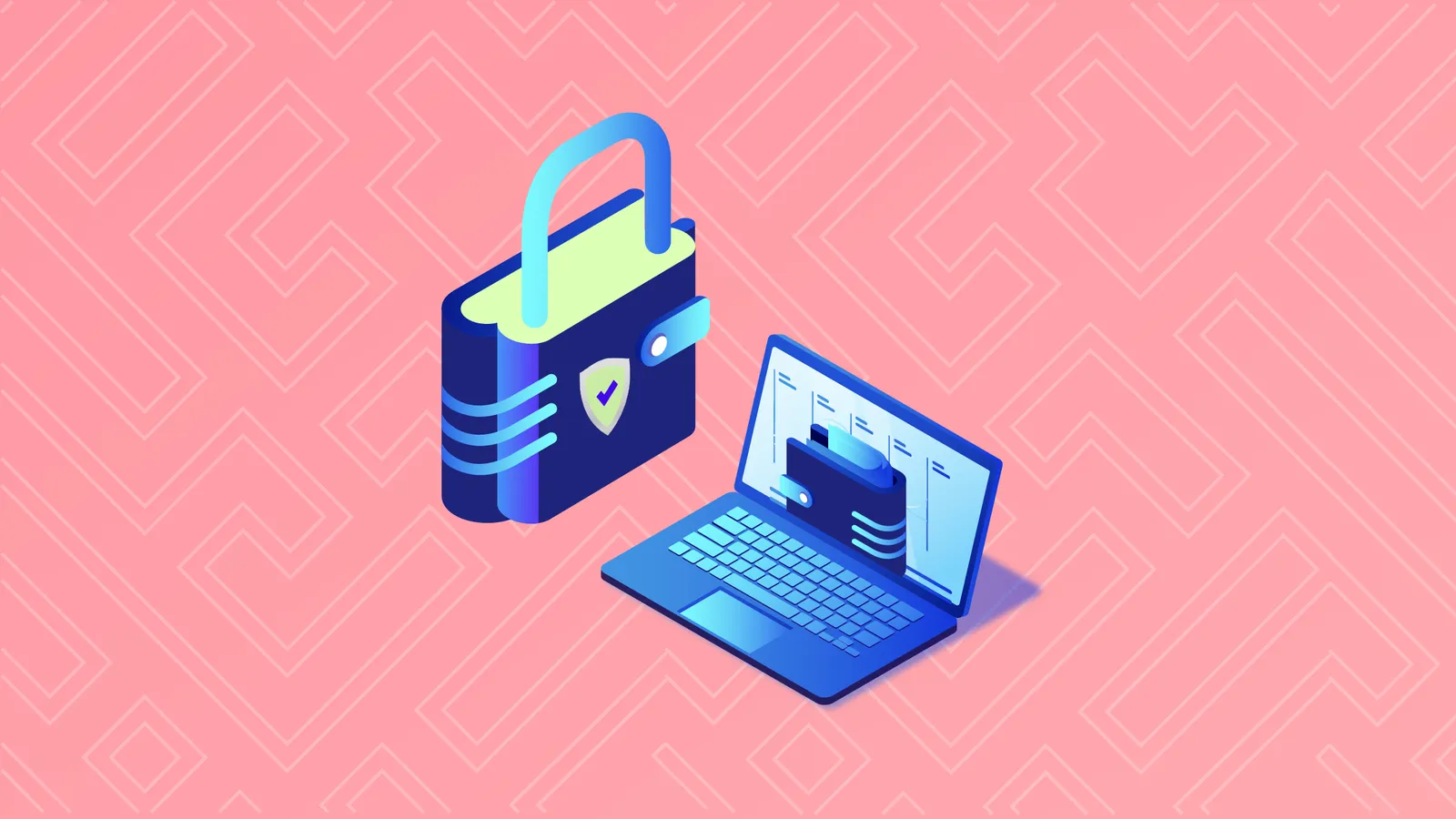In brief
This Learn article will look at what crypto wallets are and what the difference is between non-custodial and custodial wallets.
The spectacular fallout of the FTX crypto exchange sent shock waves across the industry. It also highlighted several important questions, including the very nature of speculative investments.
Just before filing for bankruptcy, FTX suspended withdrawals of user funds, citing liquidity issues— and leaving the army of angry customers without access to their hard-earned coins.
The truth is that this could happen to practically any other centralized crypto exchange should it find itself in a liquidity crunch like FTX, as the vast majority of them use the so-called non-custodial wallets, meaning it’s the exchange that holds clients’ funds, not the clients themselves.
This Learn article will look at what crypto wallets are, and what the difference is between non-custodial and custodial wallets.
What is a crypto wallet?
A crypto wallet is a piece of software or hardware that enables you to store, access and interact with cryptocurrencies like Bitcoin and Ethereum.
While hardware wallets are a standalone physical device used to store digital assets, software wallets are installed on a user’s device (desktop or mobile). Both hardware and software wallets store the private keys—strings of letters and numbers that act, in effect, like a highly sensitive password.
Access to a private key gives an individual the ability to send crypto assets from a particular public address, making private key management of utmost importance.
Custodial wallets versus non-custodial wallets
Custodial wallets are considered a low-entry barrier for those new to the crypto space since they are easy to use and can be accessed from any device with an internet connection. However, security is a major concern.
With custodial wallets, private keys are held by a third party, e.g. a crypto exchange or a wallet provider, which means users don’t really control their crypto assets. Instead, users have to trust that the third-party custodian will secure their crypto for them.
While some providers offer insurance for cryptocurrency they store, custodial wallets have caused large Bitcoin losses in the past due to mismanagement and/or negligence with respect to securing users’ funds.
Contrary to that, non-custodial wallets (also known as self-custody wallets) are designed to give users full control over their private key; however, with the freedom to be their own bankers also comes sole responsibility for protecting their holdings.
One of the most popular types of non-custodial wallets are hardware, or “cold” wallets, which store private keys offline on a standalone device, often similar in look and feel to a USB drive. Hardware wallets only access the internet when you want to send a cryptocurrency transaction.
Some non-custodial wallets come as software that you install on your computer or mobile device and include the likes of Bitpay, Electrum, Trust Wallet, and MetaMask.
What are crypto wallets used for?
Once you have a wallet installed on a device, you can buy, sell, and store Bitcoin or other supported cryptocurrencies; or make any other transactions, such as paying for goods and services; or receive payments for your work.
Some wallets have a built-in option that allows you to buy and sell crypto through integrated crypto exchanges via a dedicated tab while others will require you to first deposit funds to a trading platform.
Normally, you simply have to know the receiving address if you want to send funds, or provide your own address to receive a transaction. Many wallets make this process easier with the help of QR codes, allowing you to send or receive crypto assets in a fast and secure way.
Greater privacy
A key difference between a user’s crypto wallet and a bank account in the traditional banking system is that traditional bank account numbers are directly linked to an individual’s identity, allowing financial institutions and government agencies to track transactions.
When you interact with cryptocurrencies like Bitcoin, transactions are pseudonymous, i.e, they can be seen on the public blockchain. But there is no direct way to associate an address with a particular individual.
In other words, wallet interfaces enable users to interact with their digital assets in a way that they can send peer to peer transfers on the network without the need for trusted intermediaries or compromising their privacy.
Security aspects
There are pros and cons to keeping your crypto assets in different types of wallets, so it’s up to you to decide on the right mix of convenience and security for your funds.
In theory, self-custody crypto wallets are mostly safe: it is neither possible to steal coins with just a public address, nor can the network’s transactions be compromised by a third party. Also, as we saw with the FTX case, non-custodial wallets can be an obvious choice for anyone looking to be financially sovereign.
Still, your funds are only as secure as the private key required to access and send the coins. When you interact with crypto, there’s no central authority to appeal to if you lose your funds, so it’s most likely gone forever.


